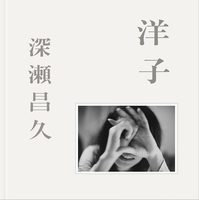$48.47
- 186mm × 258mm
- 192 page
- Hardcover
- ISBN 978-4-903545-43-1
- July 2009
This is the first monograph dedicated to the work of Yasuzo Nojima, one of the most important figures of early Japanese photography. The present volume includes faithful reproductions of Nojima's gum, bromoil and gelatin silver prints, spanning 1910 to 1949. Through the 1920s, Nojima worked in the prevailing pictorial style, but starting from the 1930s his work took a more experimental turn. Nojima also co-founded the magazine "Koga," which had a profound influence on the course of photography in Japan. This is an essential book for anyone with an interest in the history of Japanese photography.
NOJIMA Yasuzo (Hiromasa, 1889–1964) is one of the most important figures in the history of modern Japanese photography, his work ranging from kaiga shugi shashin (pictorial photography) to shinko shashin (new/straight photography) of the early twentieth century.
Nojima’s earliest works are characterized by a density and heaviness echoing that of pictorialism, based in his subtle sensitivity and the pigment printing process, the mainstream printing method of that time. In the 1930s, his style takes a drastic turn under the influence of new trends in German photography, shifting toward daringly cropped gelatin silver prints in pursuit of a form of expression that is unique to the medium. The photography magazine Koga (Light Pictures; 1932–33), which he co-founded with fellow photographers NAKAYAMA Iwata (1895–1949) and KIMURA Ihei (1901–1974), was principally funded by Nojima and played an extremely important role in the subsequent development of shinko shashin by introducing important theories of photography from abroad and providing a much-needed outlet for a younger generation of photographers.





































